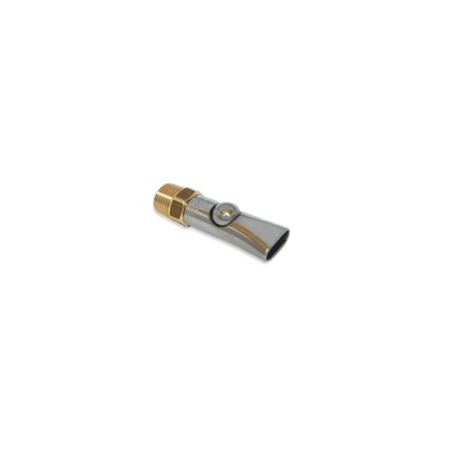Farm introduction
The farm, located in Italy in a high pig density zone, has 1,000 sows in a closed cycle. The pigs are taken to the slaughterhouse at 168 kg and at, at least, 9 months old, according to the Consorzio del Prosciutto di Parma e San Daniele’s production policies. The farm produces its own replacement stock using core grandmothers. They manage in weekly batches and wean at 21 days. When weaning, as well as finishing, the farm uses the AI-AO method. Moreover, the growth facilities that house animals between 20 and 30 kg’s are large enough to avoid mixing batches. Both facilities have a complete slat floor. In finishing, where animals enter at 40 kg, the floor is solid and the animals are distributed in multiple rooms. The feed in weaning is dry and at will, while in the growth and finishing phases the feed is liquid and supplied three times per day.

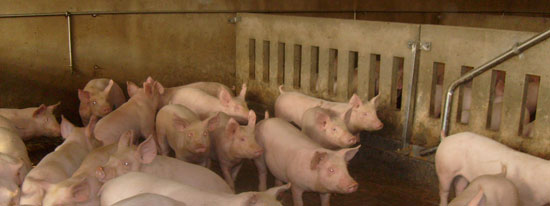
Health status
The farm has tested positive for PRRS, Aujeszky, Mycoplasma hyo and PCV2 and negative for necrotic enteritis and atrophic rhinitis.
Vaccination and medication program for breeding sows: blanket vaccination 3 times per year against parvovirus, Aujeszky and PRRS. Gilts are also vaccinated against mycoplasma. All breeding sows are treated, 3 times per year, with ivermectin via feed.
Pigs: the vaccine against mycoplasma is a one-time vaccine, while the vaccine against Aujeszky is administered in 3 doses, at 60, 85 and 170 days. Treatment for the control of colibacillosis and estreptococosis when entering weaning is composed of amoxicillin (400 ppm ), colistin (120 ppm) and zinc oxide (300 ppm) during 10 days, followed by another 10 days of florfenicol (200 ppm) and colistin (120 ppm). The animals are not vaccinated in the growth phase.
Emergence of the case
The piglets were normal throughout weaning, with moderate losses (2%), but 15-20 days after transport, in the growth phase, generalized coughing and weight loss were noted. The morbidity rate was almost 30% and the mortality rate was 4-6 %. This situation was practically chronic in the growth phase and had always been attributed to PRRS recirculation. In finishing, the problems were enteric, with a certain mortality, but within normal farm parameters (3%).
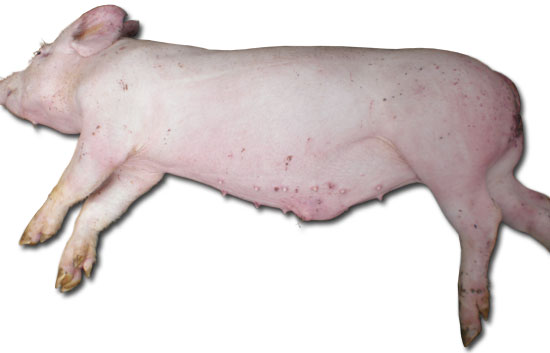
Veterinary visit
The accounts of the producer were verified. Also noted in the growth phase, and the motive for the call, was the appearance of some cases of diarrhea, which was dark but not very widespread. Cough was present in animals 75-95 days old, with some pigs in a fever ridden state. No dead animals were found during the visit.
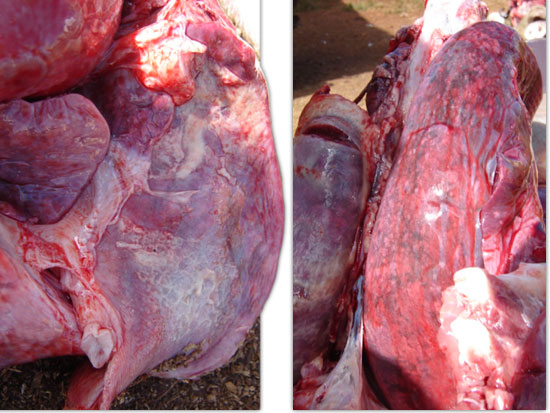
Photos 2 and 3: Pneumonia accompanied by pleuritis.
The producer was told to call if dead animals appeared, in order to carry out an autopsy; this occurred a few days later. In the autopsy bronchopneumonia was found with the presence of lesions compatible with mycoplasma, interstitial pneumonia and diffuse pleuritis with indications of bacterial complications. The lungs were sent to the lab to determine the pathogens. PRRS with bacterial complications was suspected. The farm carried out biannual analysis categorized by age in order to observe possible variations in the dynamic of the infection of the viruses in circulation on the farm, PRRS and PCV2, which regularly result in performance decreases. In conjunction, serologic analysis was carried out on a group of animals, 8 for each age group: 6, 9, 14, 20 and 26 weeks old with the objective of identifying the moment the viraemia occurred. Based on the lab results, the use of an antibiotic (chlortetracycline 200 ppm) was recommended, along with an anti-inflammatory (paracetamol 600 ppm). During the visit an autopsy was performed on an animal with a live weight of 80 kg’s that died suddenly in the finishing phase; necrotic alterations of the colon wall were found. 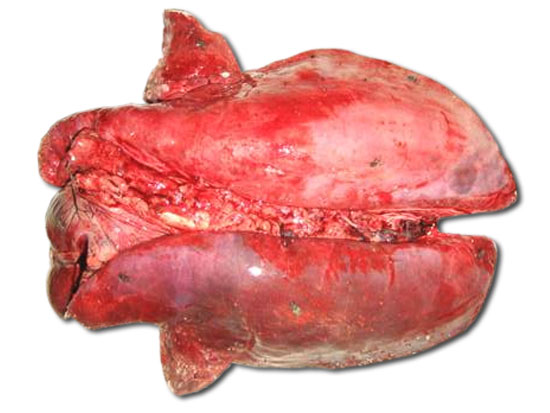

Table 1. Serologic analysis
| N° animals |
Age (weeks) |
Presence of symptoms |
PRRS PCR (+) 2 pools of 4 |
PCV2 PCR (+) 2 pools of 4 |
Mycoplasma Elisa (+) |
| 8 | 6 | No | 2/2 | 0/2 | 0/8 |
| 8 | 9 | Si | 2/2 | 2/2 | 4/8 |
| 8 | 14 | Si | 2/2 | 2/2 | 1/8 |
| 8 | 20 | Si | 0/2 | 2/2 | 7/8 |
| 8 | 26 | Si | 0/2 | 2/2 | 6/8 |
Lab results
1. Bacteriological analysis: isolation of Salmonella cholerasuis in lungs and intestine; and presence of Brachispira pilosicoli in the intestine (PCR).
2. Virological analysis: positive for PRRS (PCR) and circovirus (PCR).
3. Antibiogram: sensitivity to aminosidine, flumequine, gentamicin, amoxicillin.
Measures taken
With the lab diagnostic and the field observations it was decided that all animals would be treated in growth phase, medicating via the blend used to fight salmonellosis with aminosidine (12,5 ppm) during 15 days.
During depopulation the pits were cleaned as well, something that was not done beforehand. Once clean, they were dusted with quicklime and then rinsed. Each room was maintained empty for 40 days.
Treatment and evolution
After almost two weeks no improvements were seen, and it was decided to treat the blend with flumequine (60 ppm) and tiamulin (100 ppm). The use of liquid feed makes separating animals in groups more difficult, therefore all animals in growth phase were to be treated.
After almost three months it was decided to administer the treatment only during the first half of the growth phase (15-20 days), leaving the other half untreated (another 15 -20 days). After several weeks, this decision proved fruitless, with the reappearance of clinical symptoms, and therefore it was decided to administer the medication during the entirety of the growth phase. This strategy brought about an overall improvement on performance (growth, conversion and mortality) that has continued up to the present, although PRRS and PCV2 are still present in the growth phase. For the time being no other strains of Salmonella cholerasuis have been isolated, and the clinical symtomatology hasn’t presented again.
Comments
- Despite the simultaneous presence and circulation of PRRS and Circovirus, mortality and stunted growth were due to secondary Salmonella infections.
- Salmonella was not immediately suspected due to the lack of evident intestinal symptoms: the main problem was respiratory in nature. The salmonella genus cholerasuis is very invasive and easily circulates; in this case it hadn’t significantly colonized the intestine. Another important symptom, cyanosis, was not present either.
- Today the farm continues with the protocol of cleaning and disinfecting the environment and the pits (using quicklime) during the depopulation of each room.
Conclusions
1. The constant presence and circulation of PRRSV can lead to the underestimation of other pathogens that may be the real cause of mortality.
2. Dosing and continuity of treatment should be carefully evaluated.
3. A “regression” of the disease does not necessarily imply an immediate cessation of treatment.





